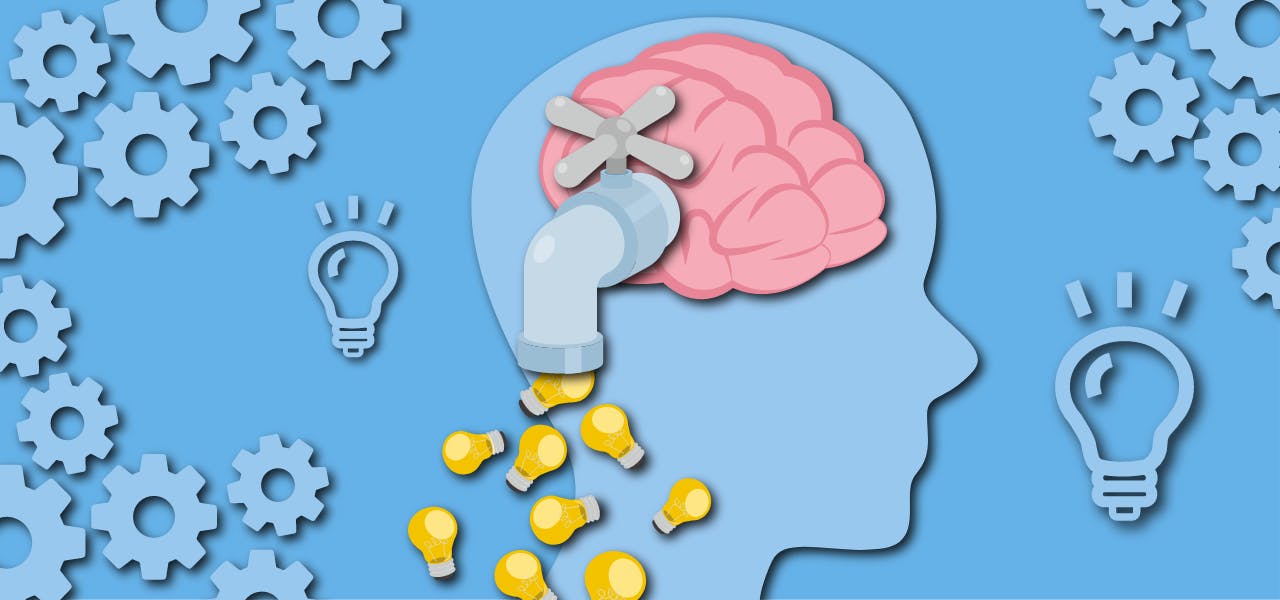The importance of new ideas in research has been explored for centuries. Society can’t stand still. It always has to be improving and evolving and to do this, research must continue to move forward through innovative thinking. Innovation is one thing; creativity is another. One doesn’t always mean the other follows, but in fields like social science, innovation, and creativity married together can result in a major change for the better.
Academic research is already a difficult field, requiring significant cognitive focus and time-consuming work. It’s possible to be innovative and come up with new ideas, but tying innovation with creativity in a field ruled by laws, theories, and the need for empirical evidence to support your imagination isn’t always easy. With social science, though, industries like entrepreneurship have been the perfect avenues for creativity to drive innovation, and the connection between these two characteristics has continued to be explored.
Using Creativity in Science
Creativity is often touted as inherent, a trait you are instilled with at birth and that is encouraged or discouraged throughout your youth. But research has shown that everyone has a creative gene in them to some degree, allowing them to solve problems they’ve never dealt with before or to take known elements and adjust them to deal with unknown situations.
In the field of science, creativity is used in multiple ways:
● The researcher uses divergent thinking to predict solutions to a problem that hasn’t been addressed yet
● The researcher uses their prior knowledge and experience to come up with creative experiments in a step-by-step process
● The researcher uses creative means to communicate with participants, physicians, stakeholders, and peers to obtain knowledge
● The researcher uses their own knowledge and experience and applies it to literature or other people’s information in order to analyze and come to a solution
All of these aspects are science-related and drive innovation, but they’re all focused on the facet that a person must be able to think creatively to get from start to finish with an idea. Creativity relies on multiple individual and external factors, such as the environment a person grows and works in, the people around them, the education they received, and their own innate ideas of imagination, intellect, and determination.
Connecting Creativity and Innovation
The Digital Era has made it possible to do so much on a global level, but it has also increased competition significantly. Now, to compete in research, one must be innovative and ahead of the pack. Businesses and industries have to be the first with an idea and then be able to find creative ways to keep it going. Because of this requirement, innovative people are crucial, making entrepreneurship a multi-billion dollar industry. But business-minded people aren’t the only way new knowledge and an increased economy takes shape. To make an idea marketable requires creativity.
Here enters the entire field of social sciences in academic research. Learning how people think as individuals, cultures, societies, and more is crucial for researchers to know what types of studies to perform, for businesses to know which products and services to market, and for everyone to be able to predict what may be needed in the future.
Coming up with ideas after the research is performed is a mix of innovation and creation. Innovation combines the insights gleaned from the research outcomes with creative ways to fill a pain point or solve a problem.
In short, innovation comes from the level of business and management, coming up with new ideas and products to fill a need in society or move it forward. But without creativity to start the process in the first place and then push the new idea into a marketable or accepted practice, research ends up being words on paper.
The two are integral to taking the research process from start to finish if the knowledge gained from the experiment is to go beyond an academic article and be used to apply new ideas into impactful ways to affect society or industries.
While creativity and innovation are always important if an impact is an intention, how they apply to social sciences is becoming a more focused area of study, since there is no other landscape in academia that has quite the direct connection on human thought and behavior.
